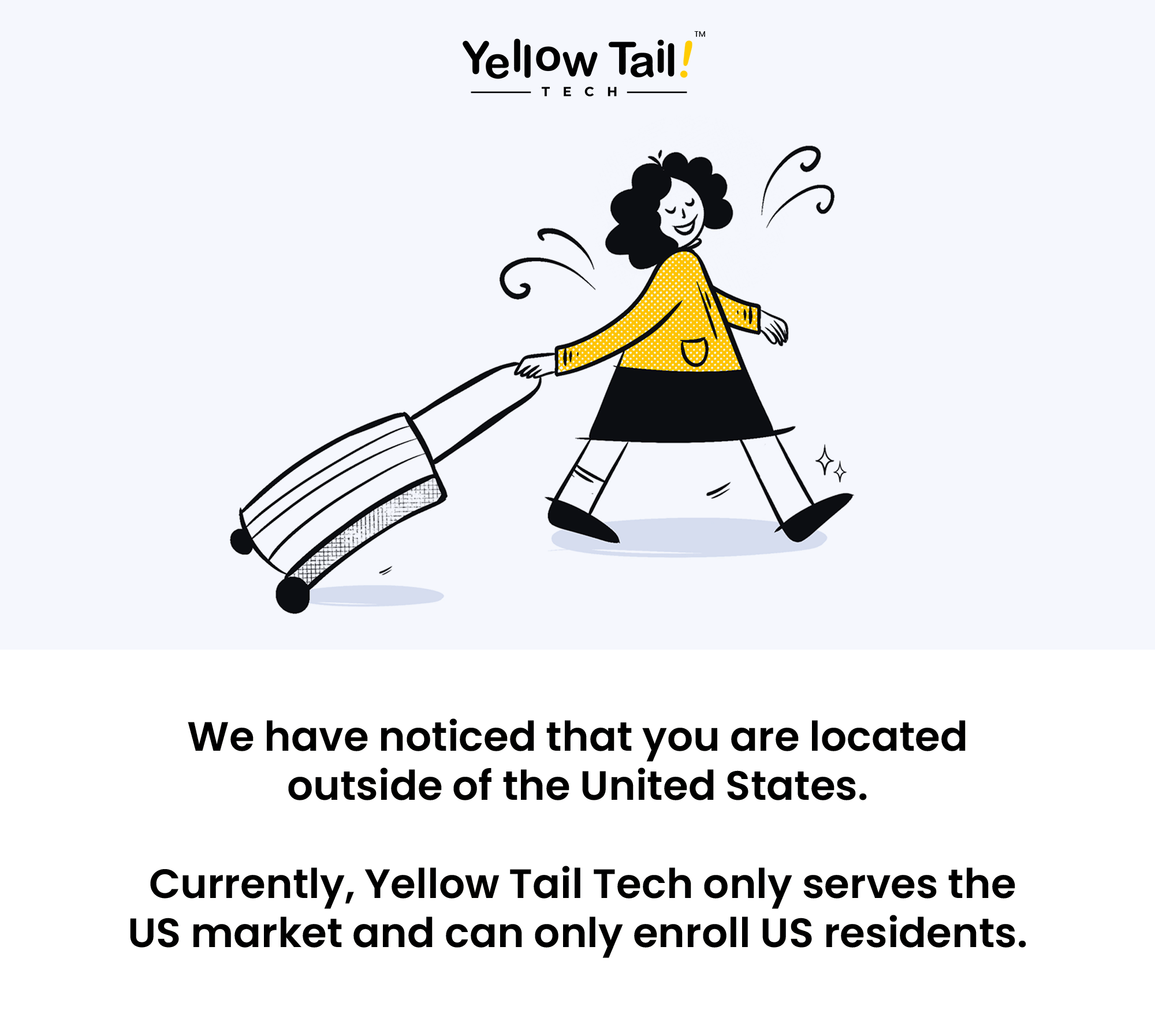Have you ever thought about working in tech but felt like it’s a boys’ club? You’re not alone.
The tech industry is booming, but let’s be real—women still face challenges breaking in and moving up. If you’ve ever wondered, how can women become successful in tech companies?—you’re in the right place.
The good news? Things are changing.
More women in history are stepping into tech roles, leading teams, and building companies.
And guess what? The industry needs more women.
Diverse teams:
- Create better products
- Solve problems faster
- Strengthen workplaces
So, how do you carve out a successful career in tech? Whether you’re starting or looking to climb the career ladder, let’s discuss the steps to help you thrive in this ever-changing, exciting field.

Why Are There Still Fewer Women in the Field of Tech?
First, let’s talk about the big issue — the gender gap. The tech industry has been a male-dominated industry for decades. Even today, many women face challenges like:
- Lack of role models: When you don’t see other women in leadership roles, it can feel like there’s no path forward.
- Bias in hiring and promotions: Some women find it harder to move up the career ladder than their male counterparts.
- Work-life balance struggles – Managing work and personal lives can be challenging, especially in a fast-paced, always-on industry.
- Gender discrimination – Some workplaces still struggle with inclusivity, making it harder for women to feel valued.
But here’s the thing: These challenges are real, but they don’t have to stop you.
Women are proving every day that they can succeed, lead, and shape the future of tech.
Why More Women Should Be in the Tech Industry
Bringing more women in tech is about fairness and building a stronger, more innovative future. Diverse teams lead to better problem-solving, more creativity, and a wider range of ideas.
Here’s why we need more women in the tech industry:
Diverse Perspectives Create Better Solutions
Women bring unique experiences and viewpoints, leading to more well-rounded solutions. Companies that embrace diversity create products that serve a broader audience, ultimately driving more significant success.
Closing the Gender Pay Gap
More women driving tech means more opportunities to fight for pay equity and fair hiring practices. Gender parity in the workplace benefits everyone and leads to a healthier, more balanced workforce.
Encouraging the Next Generation
When young women see female role models thriving in tech, they’re more likely to pursue careers in the industry. Representation matters—it inspires the next wave of innovators and leaders.
A Stronger Economy
A diverse workforce drives economic growth.
Studies show that increasing gender diversity in the workplace leads to:
- Higher productivity
- Increased innovation
- Improved financial performance for companies.
Celebrating Women’s Achievements in Tech
As we honor Women’s History Month, it’s crucial to recognize the women who have paved the way in tech. From Ada Lovelace, the world’s first computer programmer, to modern leaders like Reshma Saujani, founder of Girls Who Code, women have been shaping technology for centuries.
How Women Can Succeed in Tech
Building a successful tech career requires:
- Persistence
- Continuous learning
- The right support network.
While challenges exist, there are clear strategies that can help women thrive in this industry. Below are some key steps to achieve success in tech.
Build Confidence and Keep Learning
Ever felt like you’re not techy enough? That’s imposter syndrome talking, and it’s time to shut it down. Confidence isn’t something you’re born with—it’s something you build.
Here’s how:
- Keep learning: The tech world changes fast, so staying updated on new technologies is key. Take online courses, read blogs, and practice your skills.
- Find a mentor – Learning from successful women can give you the motivation and guidance you need.
- Celebrate small wins – Every skill you learn and every project you complete adds to your expertise. Own it!
If you want to see how other women are making their mark in tech, check out these stories:
Women Breaking Into Tech
Join a Community of Other Women
One of the best ways to grow in your career is to connect with people who get it. That’s where networking groups and communities play a huge role.
Why it helps:
- Support system – It’s easier to navigate challenges when you have others to share experiences with.
- Job opportunities – Many tech jobs aren’t even posted online—they’re shared within networks.
- Learning from others – You’ll meet women leaders, tech entrepreneurs, and product managers who can give you insights into the industry.
There are tons of online communities where women can support each other. LinkedIn, Twitter, and other social media platforms are great places to start.
As we celebrate International Women’s Month, now is a great time to find and join a women-led tech community!
Climb the Career Ladder: Break the “Broken Rung”
Ever feel like promotions come slower for women? That’s because of what researchers call the “broken rung.” Women often get passed over for early promotions, making it harder to reach leadership roles later on.
How to fix that?
- Ask for what you want – Don’t wait for someone to offer you a raise or promotion—advocate for yourself.
- Make your work visible – Keep track of your achievements and share them with your manager.
- Apply even if you don’t meet 100% of the requirements – Many women hold back from applying to jobs unless they meet every qualification. Don’t do that!
Men apply for jobs when they meet just 60%.
Companies focusing on gender diversity and an inclusive company culture are working to fix this. If you’re in a workplace that doesn’t support women, it might be time to find one that does.
Balance Work and Life (Without Guilt)
Let’s be honest—work-life balance in tech can be tricky. The industry moves fast, and the pressure to always be available is real. But that doesn’t mean you have to sacrifice your personal life for your career.
What can help?
- Set boundaries – Just because you can check emails at midnight doesn’t mean you should.
- Negotiate for flexibility – Many tech companies offer remote work, flexible hours, and parental leave.
- Take breaks – Burnout is real, and doesn’t make you a better employee. It’s okay to step back and recharge.
The best companies know that happy employees do their best work. If your company doesn’t support work-life balance, it might be time to look elsewhere.
Get Into Leadership Roles and Inspire the New Generation
Women leading in tech make a huge impact—not just on themselves but also on the next generation of women. Seeing successful women in executive roles or running their own companies inspires young women to follow in their footsteps.
If you want to move into leadership roles, start preparing early:
- Take on new challenges – Show that you’re ready for more responsibility.
- Speak up in meetings – Make your voice heard, even in male-dominated rooms.
- Mentor other women – Helping others grow strengthens your leadership skills.
Want to see how women are already shaping the future of tech? Read this: How Women Are Shaping the Future of Tech
The Future Is Female (And Tech Knows It)
So, how can women become successful in tech companies? By taking chances, finding support, and pushing for change.
The tech industry is full of opportunities, but it needs you—your ideas, skills, and leadership. Whether you’re just starting or looking to level up, there’s a place for you in tech.
Want to gain the skills to break into tech? Book a 10-minute intro call and start your journey today!
Frequently Asked Questions
- What is the biggest challenge women face in tech?
One of the biggest challenges is gender bias—whether in hiring, promotions, or workplace culture. Women also face fewer opportunities for mentorship and leadership roles. - How can I start a career in tech with no experience?
Start by learning the basics—take online courses, build projects, and network with others in the industry. Platforms like Yellow Tail Tech offer structured learning to help you break into tech. - Do women get paid less in tech than men?
Unfortunately, studies show that women still earn less than men in similar roles. Advocating for equal pay and working at companies that value gender equality can help close this gap. - How can companies support tech women?
Companies can support women by offering mentorship programs, equitable promotions, flexible work options, and ensuring a bias-free hiring process. - Is it harder for women to get promoted in tech?
Yes, the “broken rung” issue means that women often miss out on early promotions, making it harder for them to reach leadership positions. However, speaking up, proving their value, and working at diverse companies can help.






